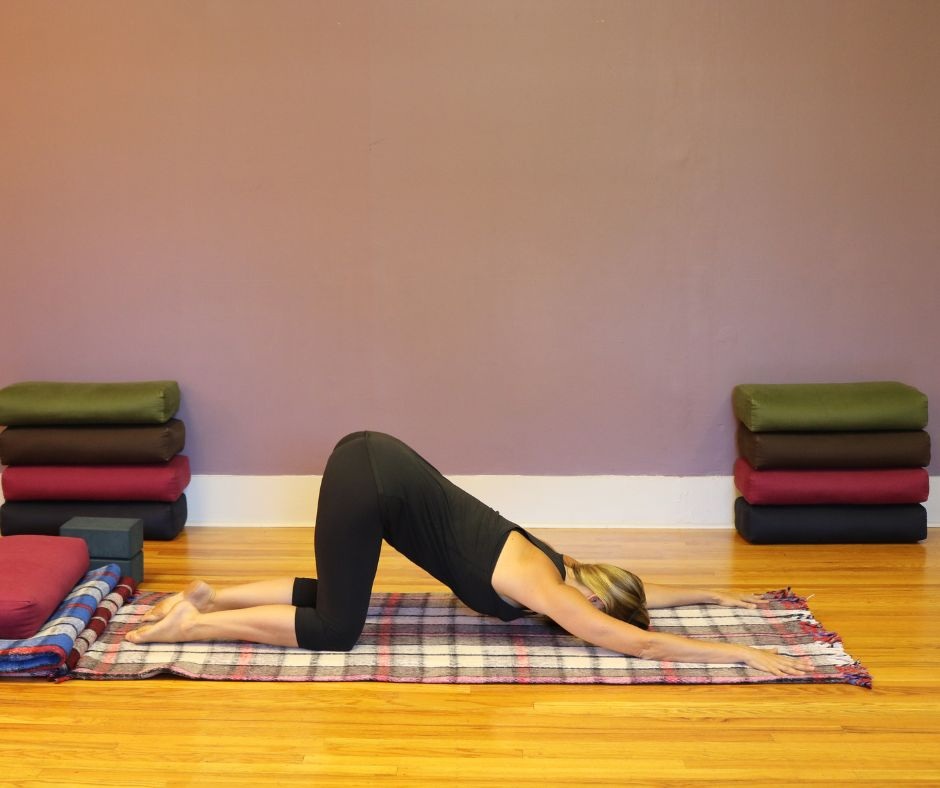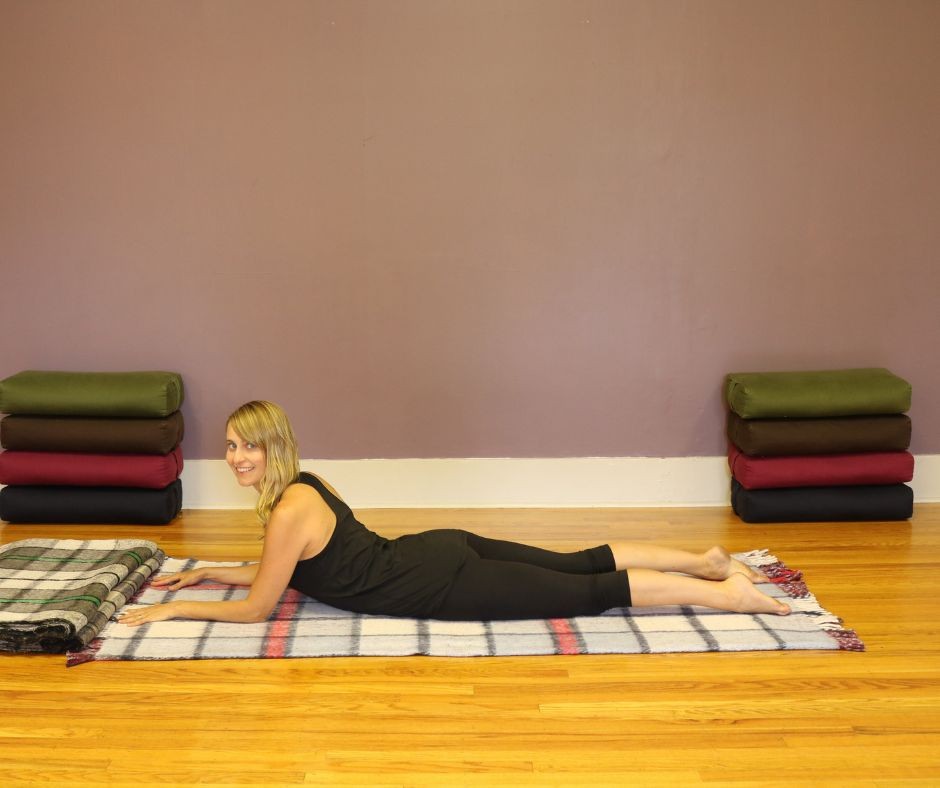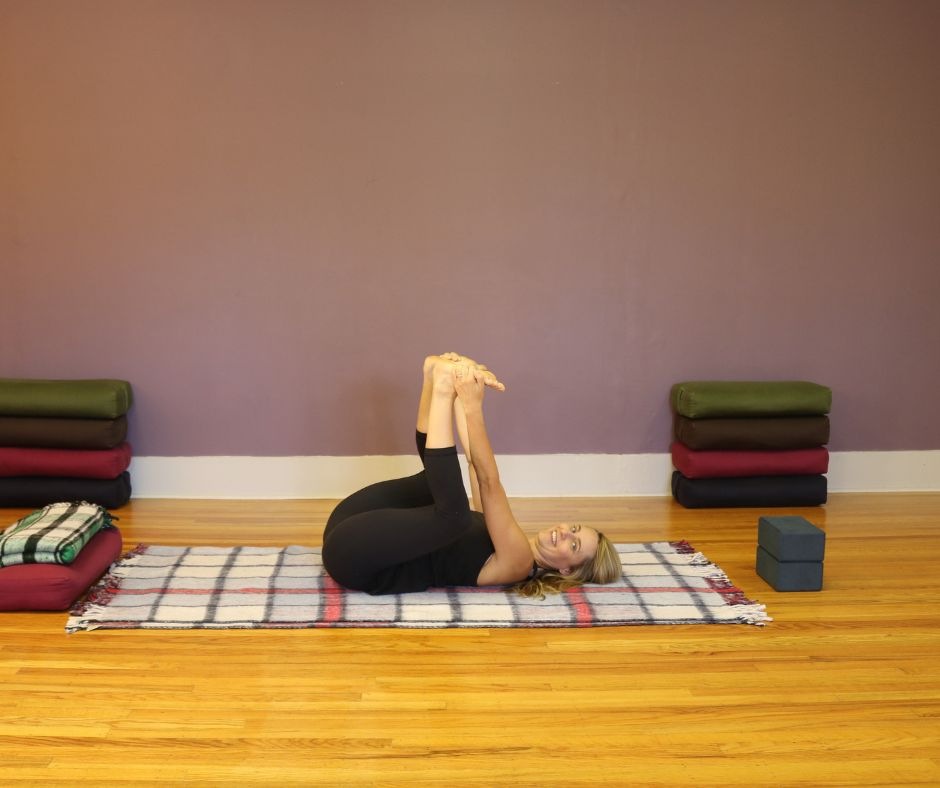Intention setting is used in many traditions to help one come into alignment with who they really are. In the Buddhist tradition right intention is taught as the second step in the eightfold path and in the yogic tradition intention is taught as the practice of sankalpa.
You can harness the power of intention in daily life, and in practice, in order to access the divine life force that exists within.
Intentions are similar to goals but they have important differences. You’re probably familiar with some level of goal setting; goals are usually future oriented and relate to a perceived achievement. Perhaps you have goals related to your weight, productivity or finances.
To be clear – there is nothing inherently wrong with goals. Goals help us to be effective in our lives.
However, goals without an intentional grounding can come from a place of ego desire and may elicit a feeling of not being or having enough.
The practice of sankalpa and right intention is a conscious approach to goal setting which helps you recognize that you already have everything and anything you’ll ever need. It helps you connect with the sacred place within that already embodies the states you wish for yourself. Practicing intention also helps you find the reasons behind your goals and ensures you’re acting in accordance with your deeper values while pursuing them.
How to Practice Intention Setting:
Meditation
It’s important to bring your intentions into your awareness when you’re feeling relaxed, present, and available. When your body and mind is calm you’re more able to hear the whispering of your soul. When you rest in open awareness you’re able to gain insight through reflection and open to the callings of your heart. When you hear the messages from within you can act from this knowing, channeling divine energy, therefore making your desires manifest.
Reflect on your deepest values
Chances are as you try to tune in to your intentions during meditation your conditioning will become apparent. Perhaps you want that job, that lover or those last 5 pounds off. The opportunity here is to see the deeper meaning in your desires. If you achieved those goals what would you feel? How would your life experience be different? These inquires will lead you to contemplate what really drives you.
So before jumping into goals or intentions take the time to reflect on your deepest values. What is most important to you? At the end of your life what will truly matter? Yoga and meditation can connect you with your values, and it helps inform your values, because as your practice deepens you naturally learn the importance of qualities like kindness, patience, and compassion for self and other.
State your intention
"The sankalpa (intention) really describes who we are and how we move in the world when we're in harmony with ourselves."
Richard Miller
Once you have established your deeper motivations you’re ready to state your sankalpa or focus on your intention. Stating your vow in the present tense or with the prefix “may I be” helps you to connect with your longing and embody the intended state right now. Creating an intentional vow is actually a deep recognition that the quality you seek already exists within and is immediately accessible.
You could say something like “May I be kind. May I be compassionate. May I be patient.”
Balance being and becoming
There is a contradiction inherent in the practice of intention – in fact it exists within all practice. At any given time you have the opportunity to “be” your intention and at the same time you’re constantly “becoming” it.
As you move through your life you will inevitably be reminded that you haven’t fully embodied your intention. Especially under challenging circumstances or when you become overly fixated on your goals.
When you recognize you’re not acting from your deeper intentions you can return to the simplicity of your vow…. “May I be kind…” This returning over and over again acts as a reminder of your deepest values and can guide the compass of your life. When you connect with your deeper intentions you gain access to your true nature. Our true nature exists within each one of us and it can be felt and heard if we tune in and listen. My wish for you is that you access your sankalpa and you actively embrace it in order to fulfill your heart’s longing.








